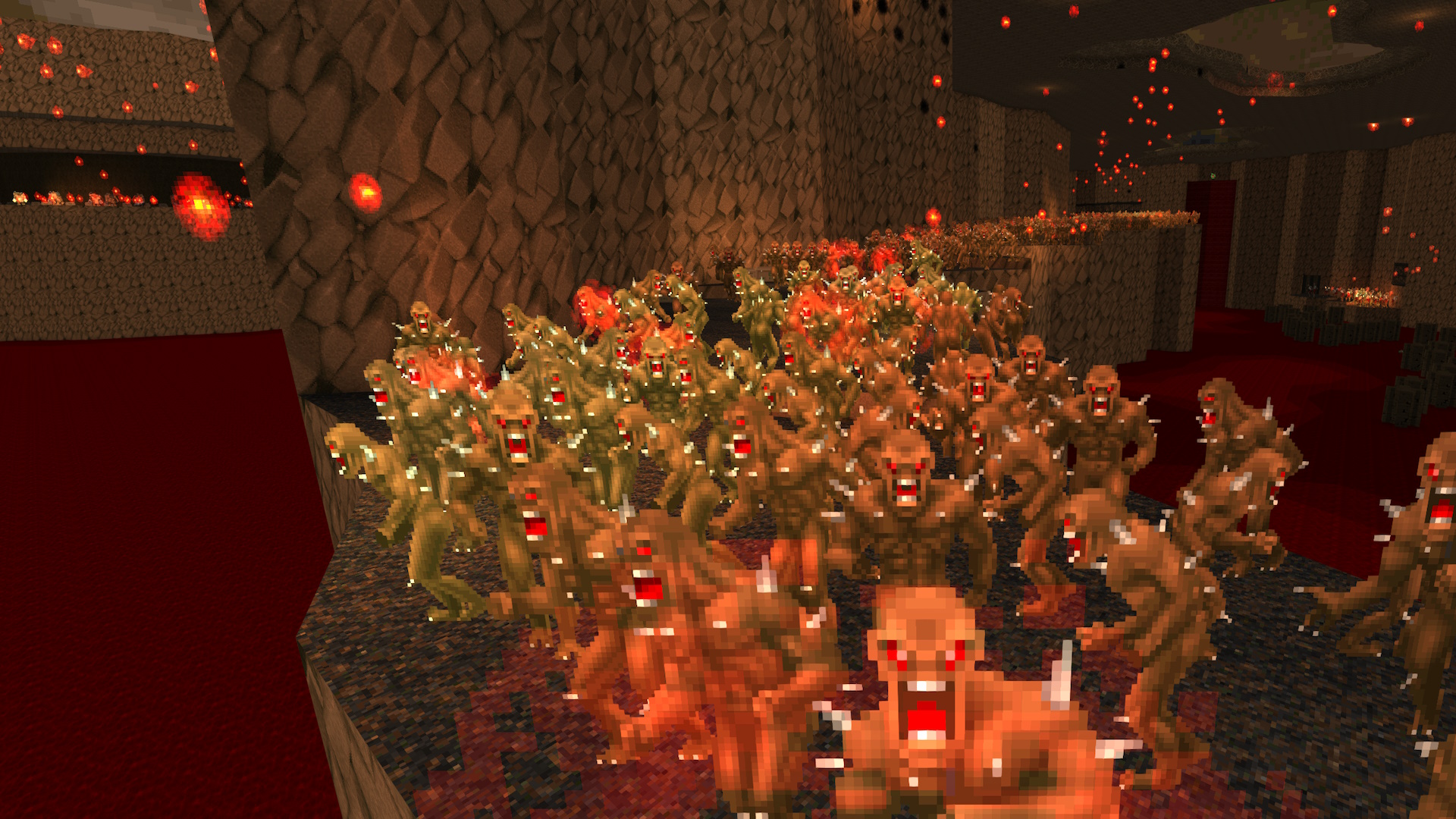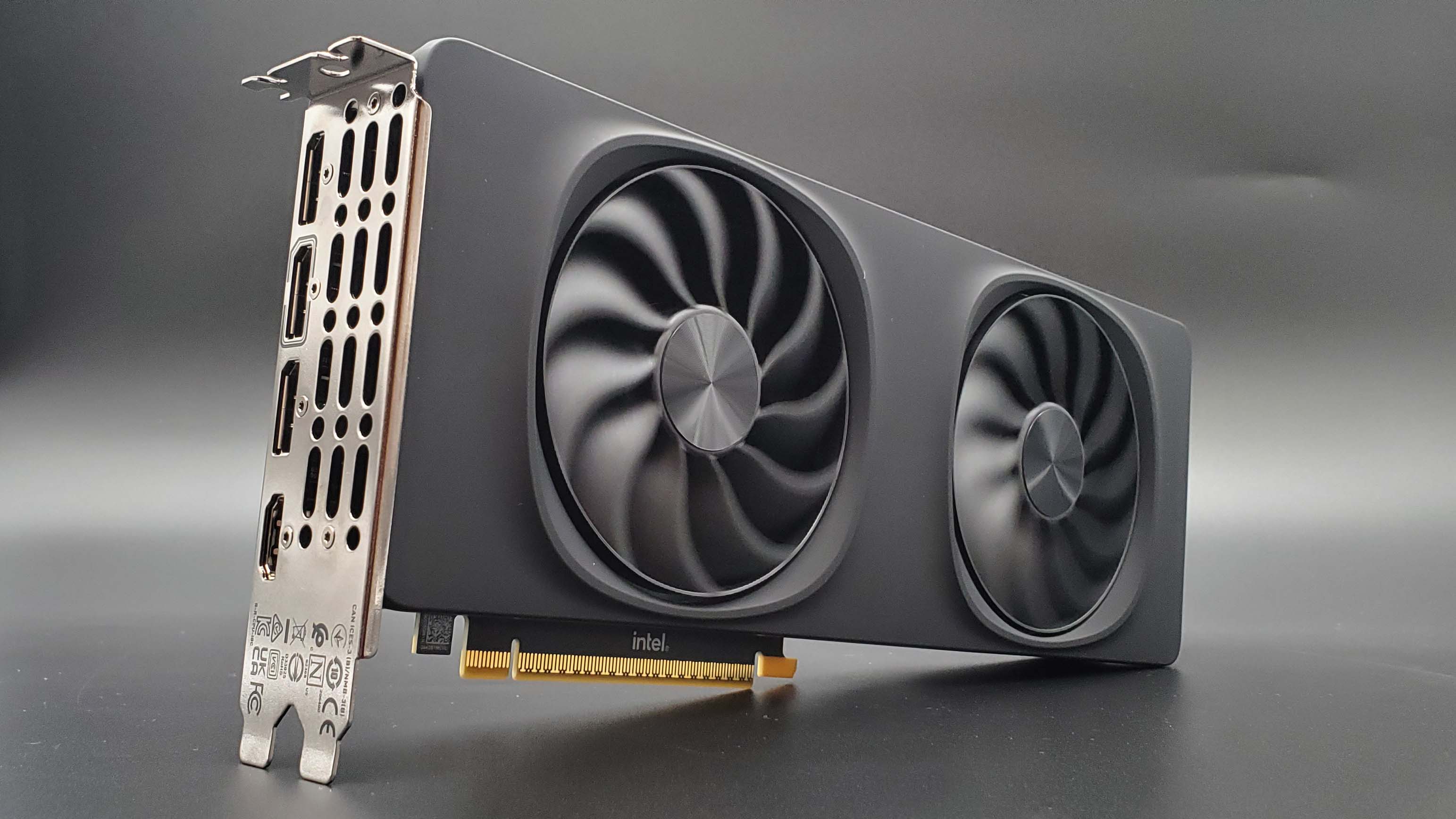
Bethesda’s leviathan space adventure Starfield is out in the wild, and players are busy exploring the countless planets and stars that populate the sprawling RPG. To mark its release, IGN is taking you on an orbital tour of Starfield’s digital solar system, featuring every major planet around Earth’s star, with a few of the choicest moons thrown in along the way.
Starfield’s representation of our little corner of the Milky Way is an impressively faithful rendition of the real thing, boasting planets with realistic textures and models that feature many of the major geological characteristics observed by spacecraft like Cassini and Juno.
Of course, Bethesda’s imagining of the solar system is not meant to be a carbon copy of the one we inhabit today. For example, in Starfield’s time, Earth has been transformed from the Blue Marble of the current age into a lifeless husk, with once recognizable continental landmasses rising almost indistinguishably from the dried out expanse of former ocean beds.
In the year 2330 when Starfield is set, the disruption of Earth’s atmosphere has led to the loss of terrestrial life, forcing humanity to leave its birth planet, and travel outward into the starfield.
Earth’s altered appearance stands in stark contrast to the rest of the solar system, which has seemingly continued on regardless in the wake of humanity’s exodus. The majesty of Saturn’s rings is captured beautifully by the developers, who also took care to include the fainter ring systems around Jupiter, Neptune, and Uranus.
Attention to detail was also seemingly paid to scientific accuracy throughout the model. For example, in the current day Uranus is the only planet that orbits at a near right angle compared to the rest of the worlds in the solar system, likely owing to a cataclysmic collision with a planetoid in the distant past.
This same dramatic tilt is also evident in Bethesda’s recreation, as are the rusty patches marring the surface of Pluto, which are thought in part to be the result of organic compounds called tholins that coat entire swathes of the dwarf planet. The icy solar system moons of Enceladus and Europa are also very well modelled, featuring stress-cracked surfaces that hint at the presence of powerful gravitational influences and the stresses brought on by the subsurface oceans beneath.
Check out the full slide-by-slide tour of the solar system in the gallery above, and be sure to check out IGN’s comprehensive guides and interactive maps to get the most out of your adventure through the settled systems.
Anthony is a freelance contributor covering science and video gaming news for IGN. He has over eight years experience of covering breaking developments in multiple scientific fields and absolutely no time for your shenanigans. Follow him on Twitter @BeardConGamer








